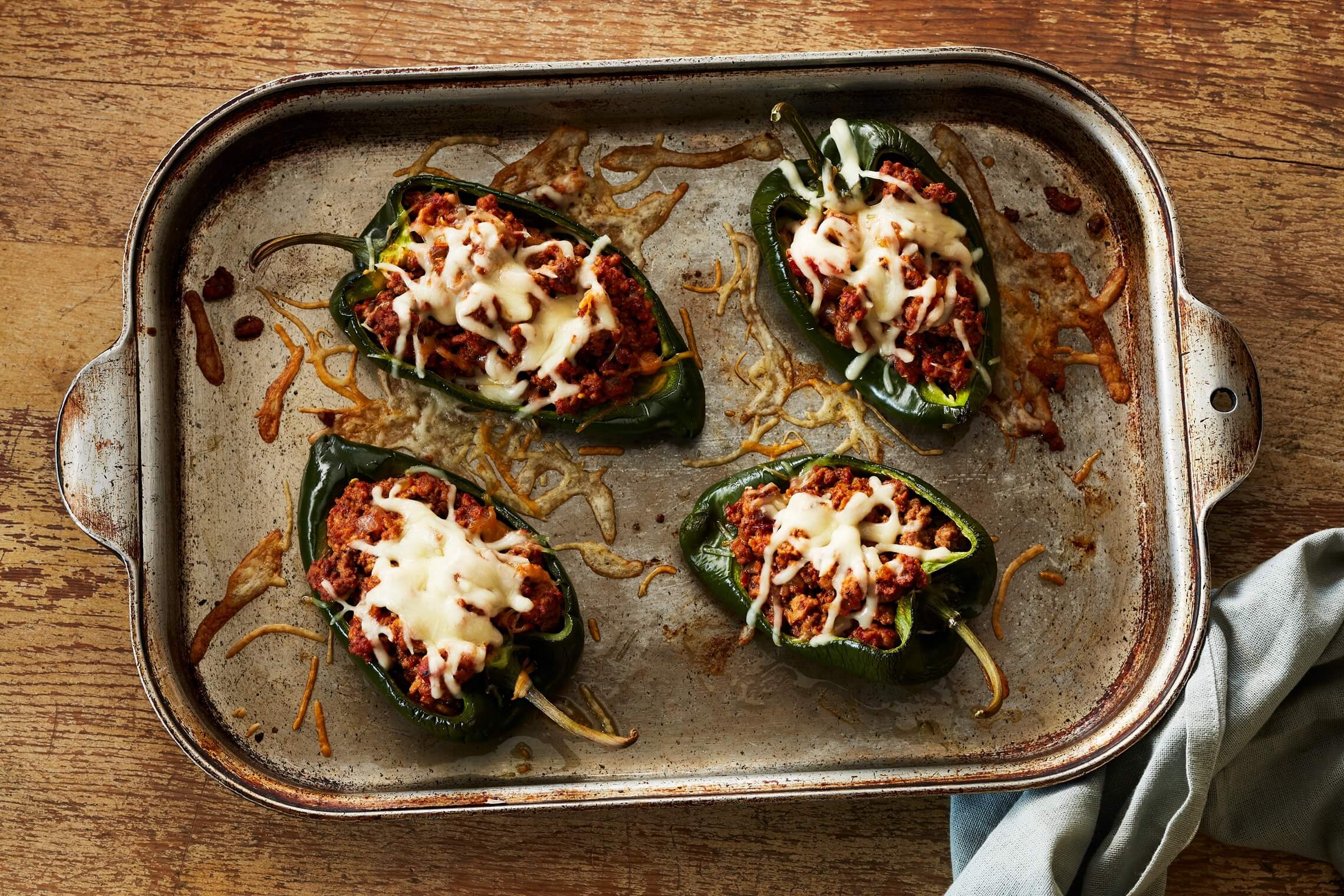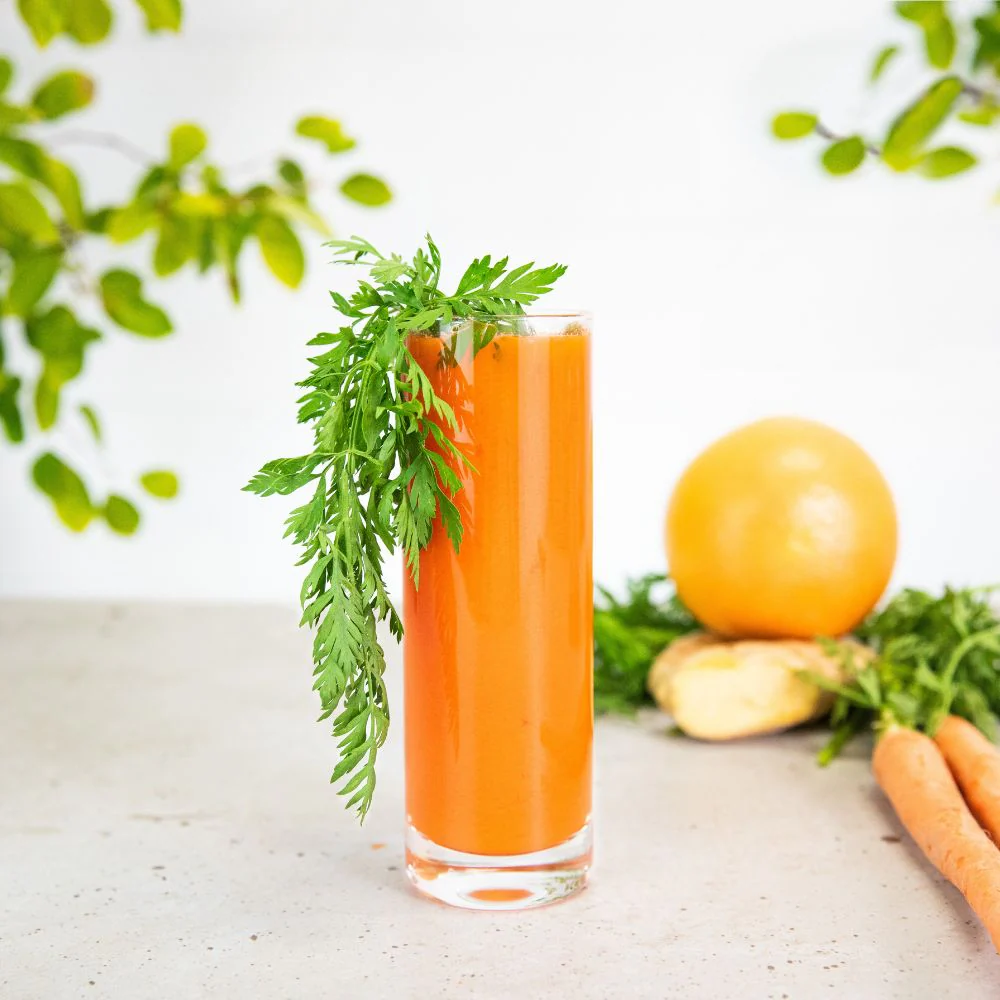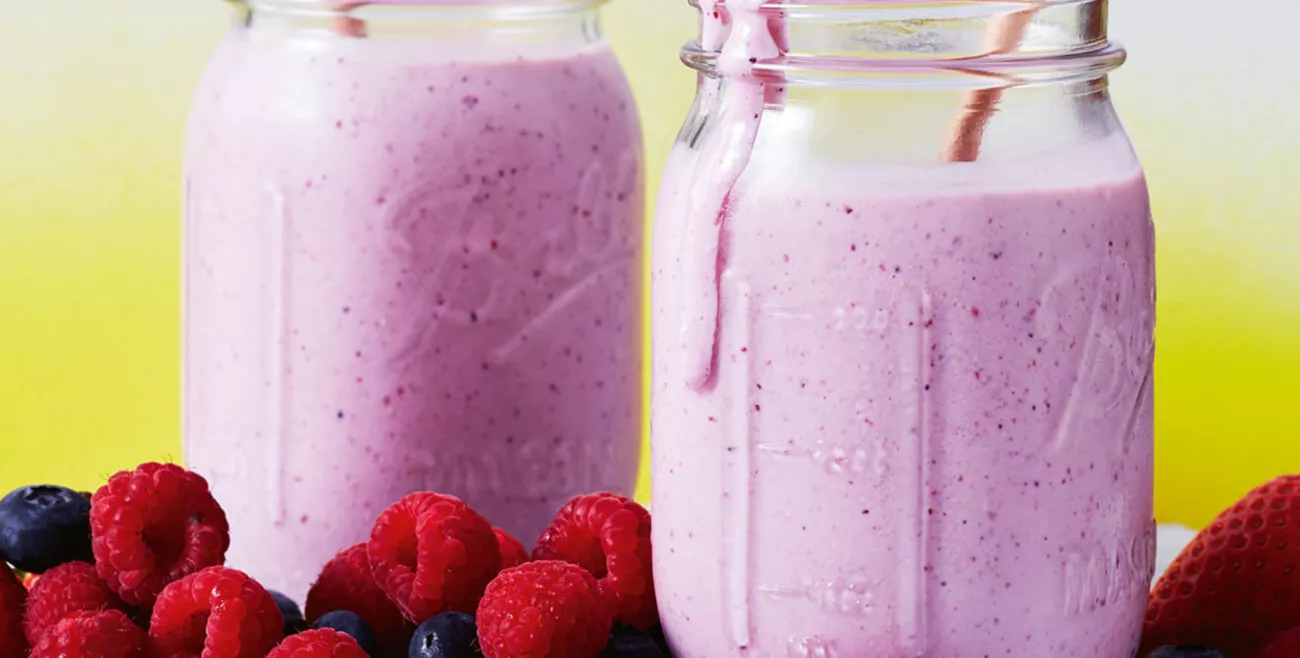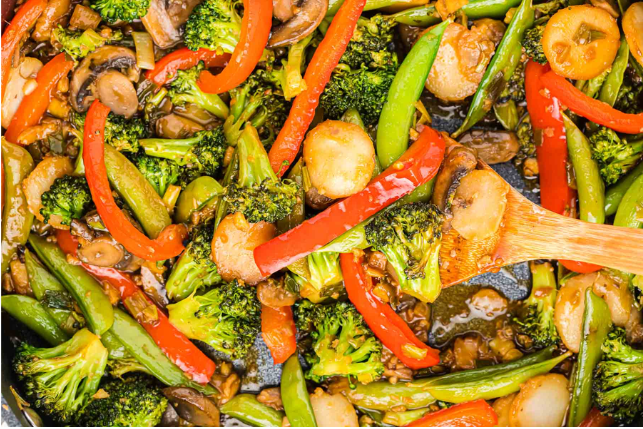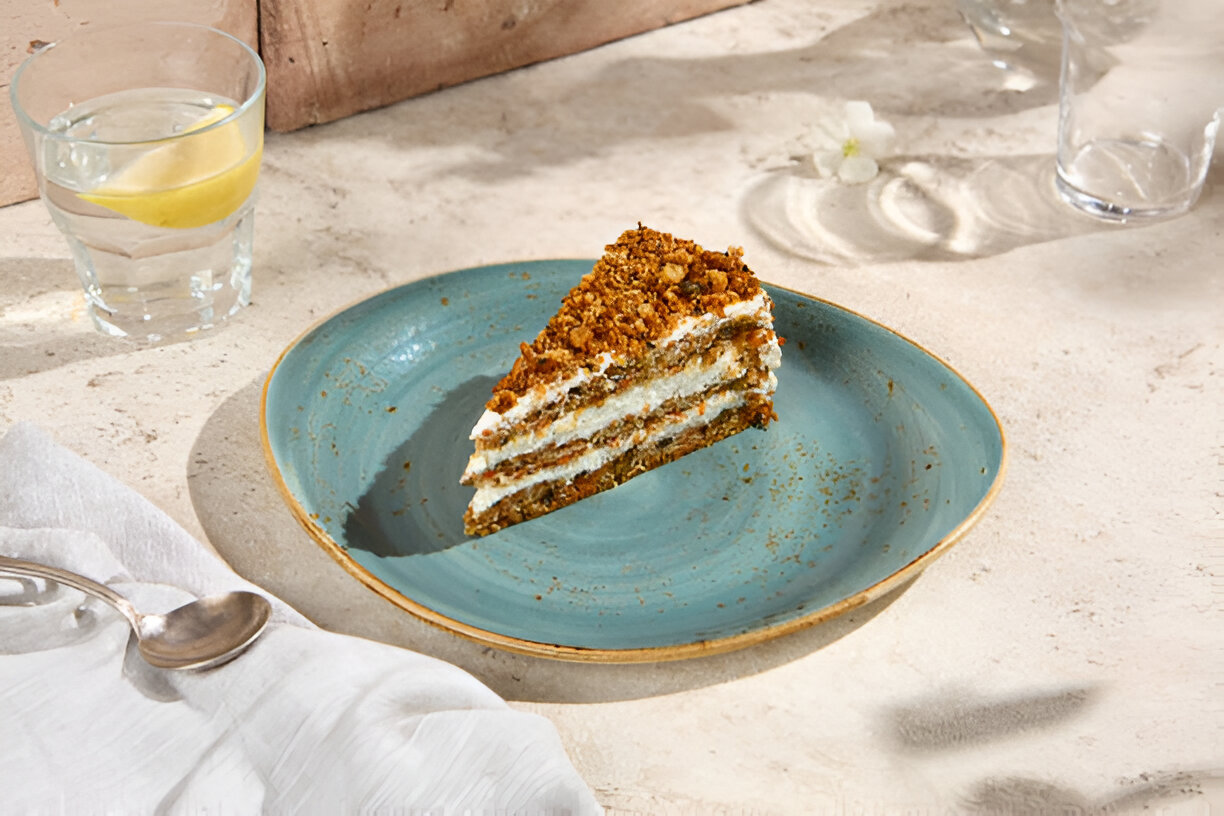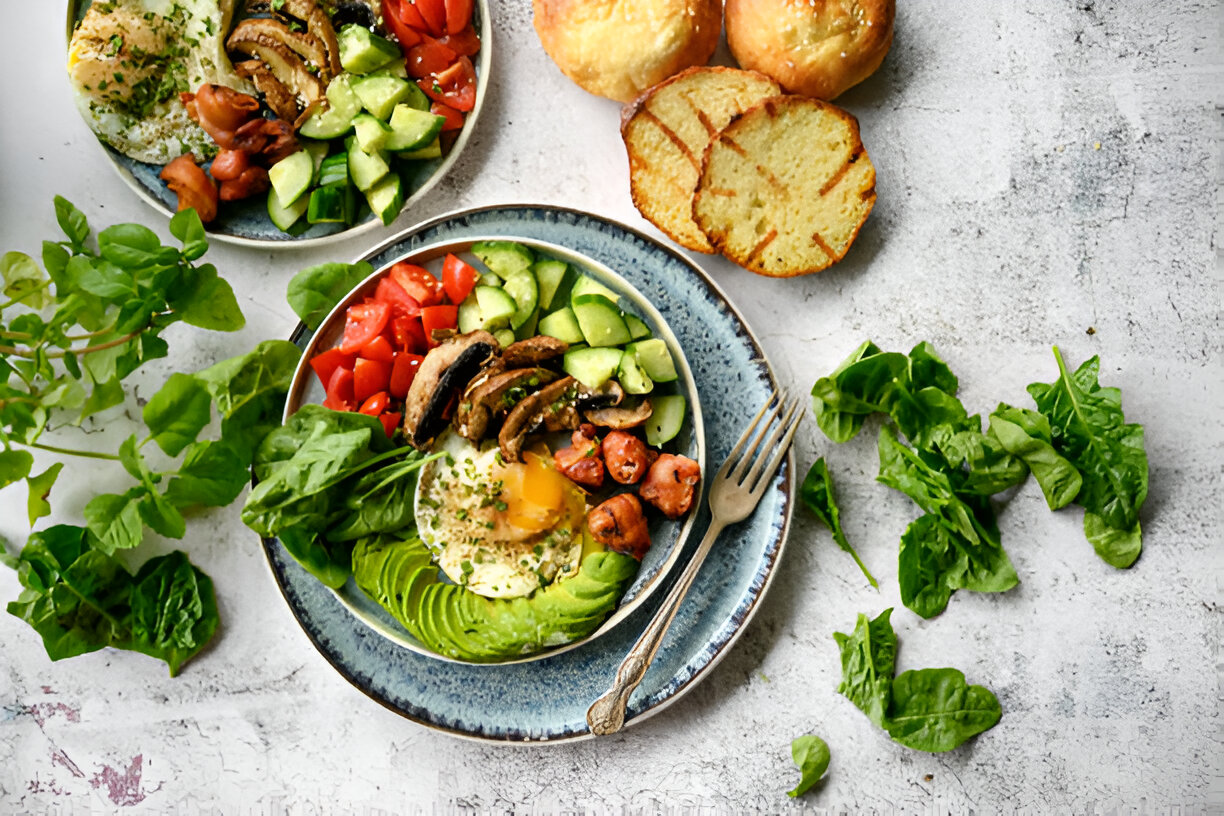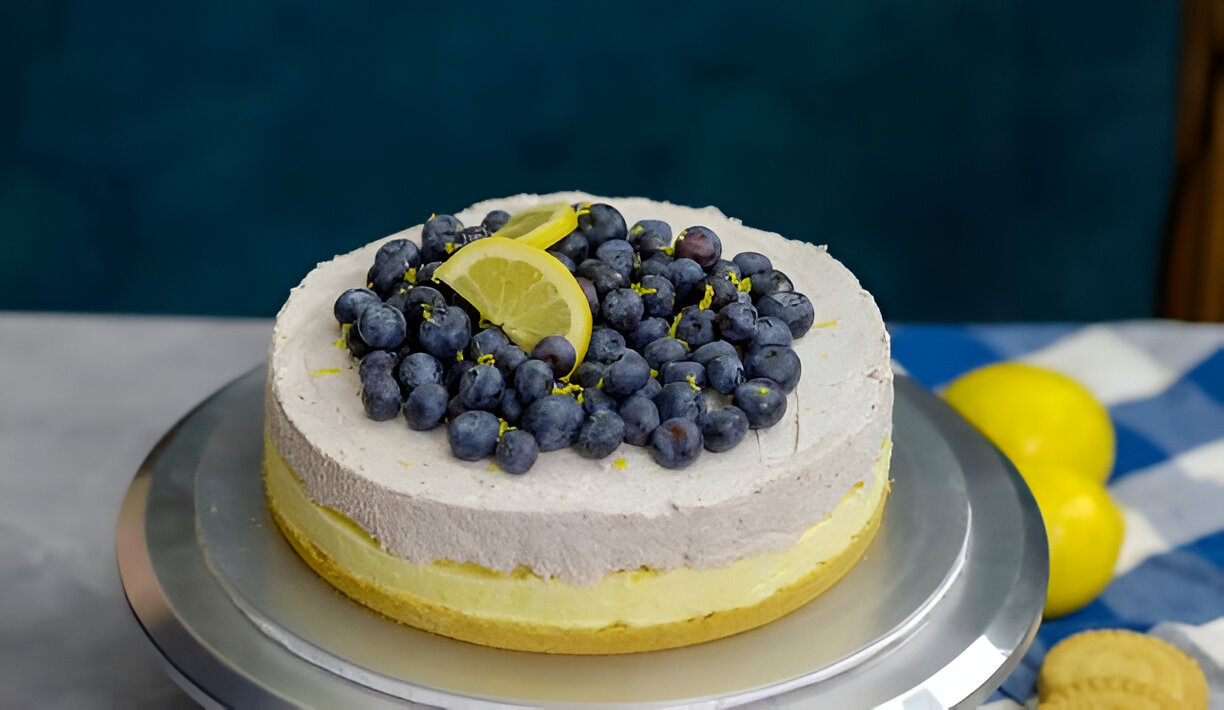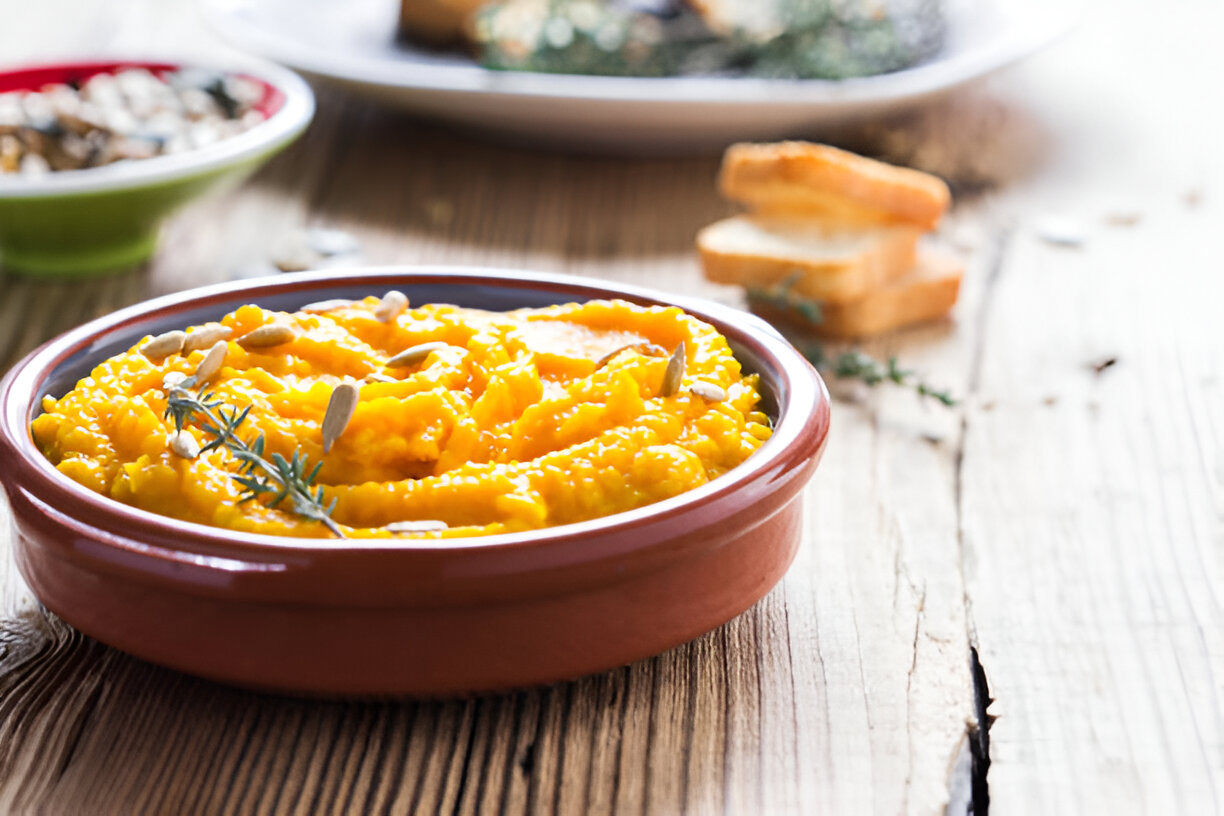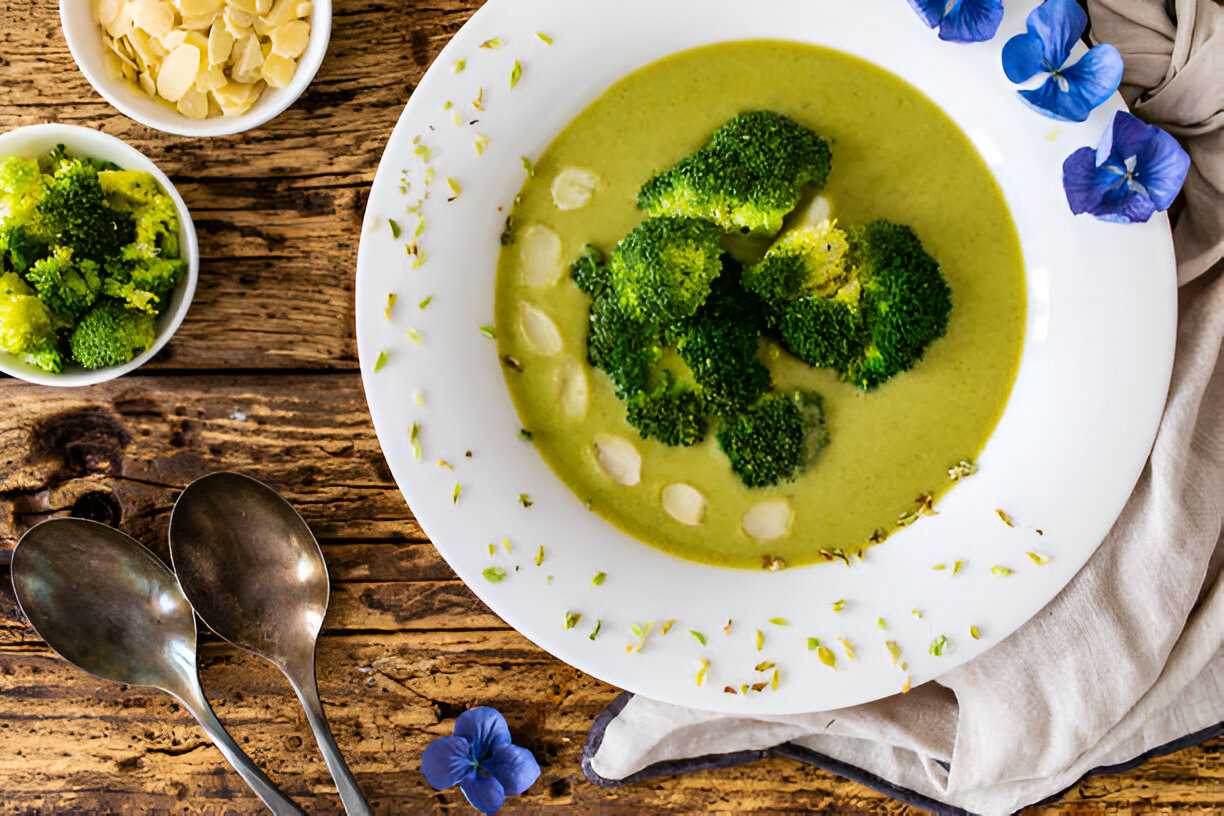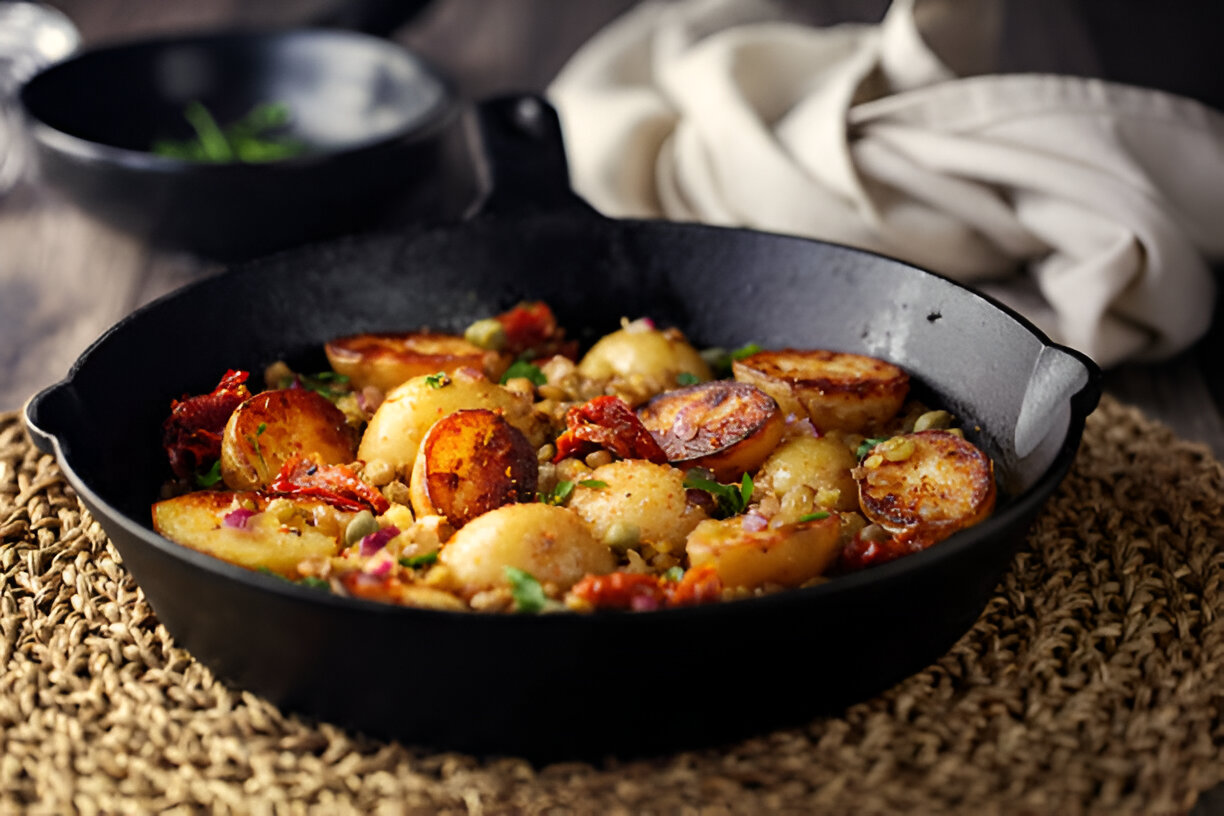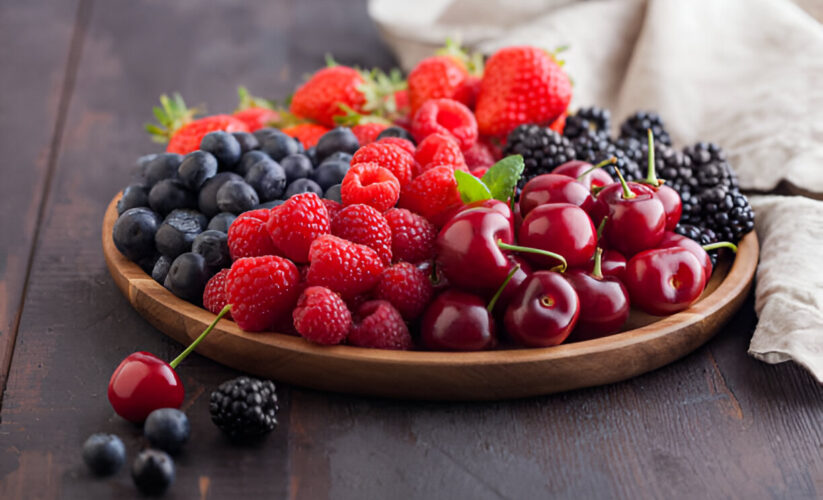

Tangy, succulent berries arrive in the spring and summer, dangling from vines and bushes, waiting to be plucked and savored. While they’re in season and tasting their best, take advantage and devour them by the bowlful. Rich in disease-fighting antioxidants, berries — blackberries, blueberries, raspberries, and strawberries — rank among the healthiest fruits.
In a lovely synthesis of beauty and nutrition, it’s the colors — deep blues, bright reds, rich purples — that help make them so good for you. A group of phytochemicals called flavonoids create the pigments and counter cell damage in the body caused by unstable oxygen molecules. By neutralizing these molecules, the flavonoids work as antioxidants and may help reduce the risk of cancer and cardiovascular disease. They may also aid memory and other brain functions that can begin to falter with age. Research indicates that this antioxidant power stems from complex mixtures of phytochemicals and their synergistic effects, so eat the real thing rather than the berry-derived supplements.
Each berry’s color stems from a different collection of flavonoids, so you should eat a variety. Blueberries rank among the highest in overall antioxidant power — even rivaling spinach and kale. But blackberries, raspberries, and strawberries contain several flavonoids that blueberries lack. All contain vitamins C and E, which help boost their antioxidant ability. They’re also high in fiber, an important component of a heart-healthy diet.
With so many health benefits, berries may be one of the tastiest ways to eat well. But before heading to the store, keep these points in mind. The fresher the berries, the better they’ll taste, so buy them locally grown or, if you get the chance, pick them yourself at a farm. And choose organically grown if possible, particularly raspberries and strawberries (59 percent of raspberries and 90 percent of strawberries have tested positive for pesticide residues in commercial samples).
Once you get your berries home, don’t wash them — moisture on the surface encourages rot. Instead, pick out mushy or moldy berries, pat dry any moisture, and store them in a clean, dry container. Berries go bad quickly, so eat them within a day or two. If you can’t, refrigeration will help them last longer, but berries taste best at room temperature. Rinse just before eating — or serve them up for dessert using one of our recipes.





